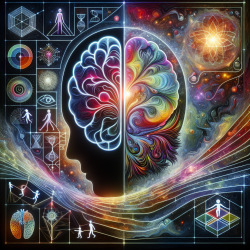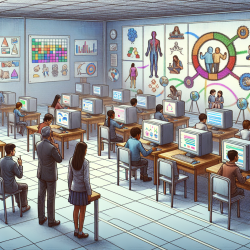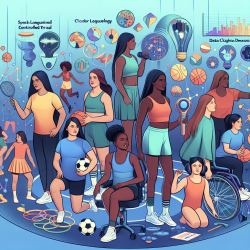Introduction
The sense of self is a complex construct that has intrigued both psychoanalysts and neuroscientists for decades. Recent research, as highlighted in "The nested hierarchy of self and its trauma: In search for a synchronic dynamic and topographical re-organization," provides new insights into how traumatic experiences can disrupt the brain's hierarchical structure of the self. This blog explores these findings and offers practical implications for practitioners working with children, particularly in therapeutic settings.
The Nested Hierarchy of Self
The concept of a nested hierarchy of self, as proposed by Northoff and colleagues, suggests that the self is constituted by a three-layer structure: interoceptive, proprio-exteroceptive, and mental layers. These layers are interconnected and disruptions in one can affect the others. Traumatic experiences can lead to a re-organization of this structure, resulting in dissociation and other psychological challenges.
Implications for Practitioners
Understanding the impact of trauma on the self is crucial for practitioners working with children. Here are some key takeaways from the research:
- Early Intervention: Early relational trauma can lead to disorganized attachment and affective dysregulation. Practitioners should focus on creating secure, stable environments for children to promote healthy self-development.
- Focus on Synchrony: Synchrony between caregivers and children is vital for developing a coherent sense of self. Therapeutic interventions should aim to enhance this synchrony to support the child's emotional and psychological growth.
- Addressing Dissociation: Dissociation can be seen as a disruption in the nested hierarchy of the self. Therapy should aim to re-establish connections between the different layers of the self to promote integration and healing.
Encouraging Further Research
While the current research provides valuable insights, there is still much to learn about the interplay between trauma and the self. Practitioners are encouraged to engage with ongoing research and contribute to the growing body of knowledge in this area. By doing so, they can better understand the nuances of trauma and its effects on the developing brain.
Conclusion
The nested hierarchy of self offers a comprehensive framework for understanding the impact of trauma on the brain and the self. By integrating these insights into therapeutic practices, practitioners can enhance their ability to support children in overcoming the challenges posed by traumatic experiences. For a deeper dive into the original research, please follow this link: The nested hierarchy of self and its trauma: In search for a synchronic dynamic and topographical re-organization.










